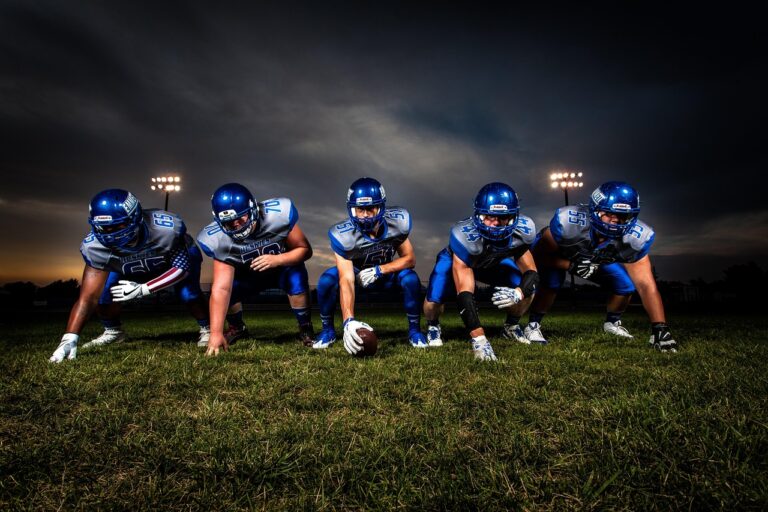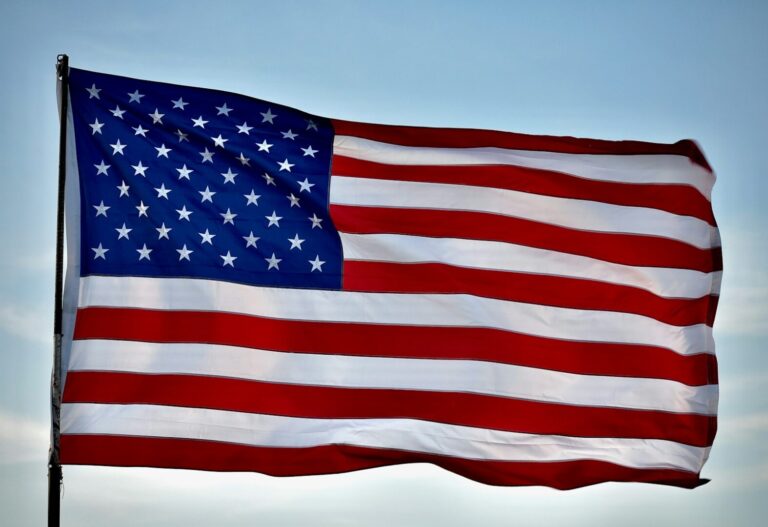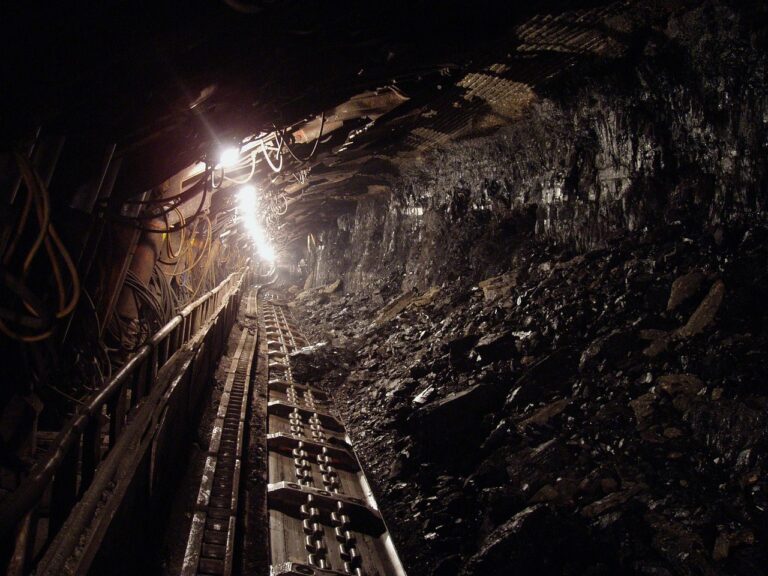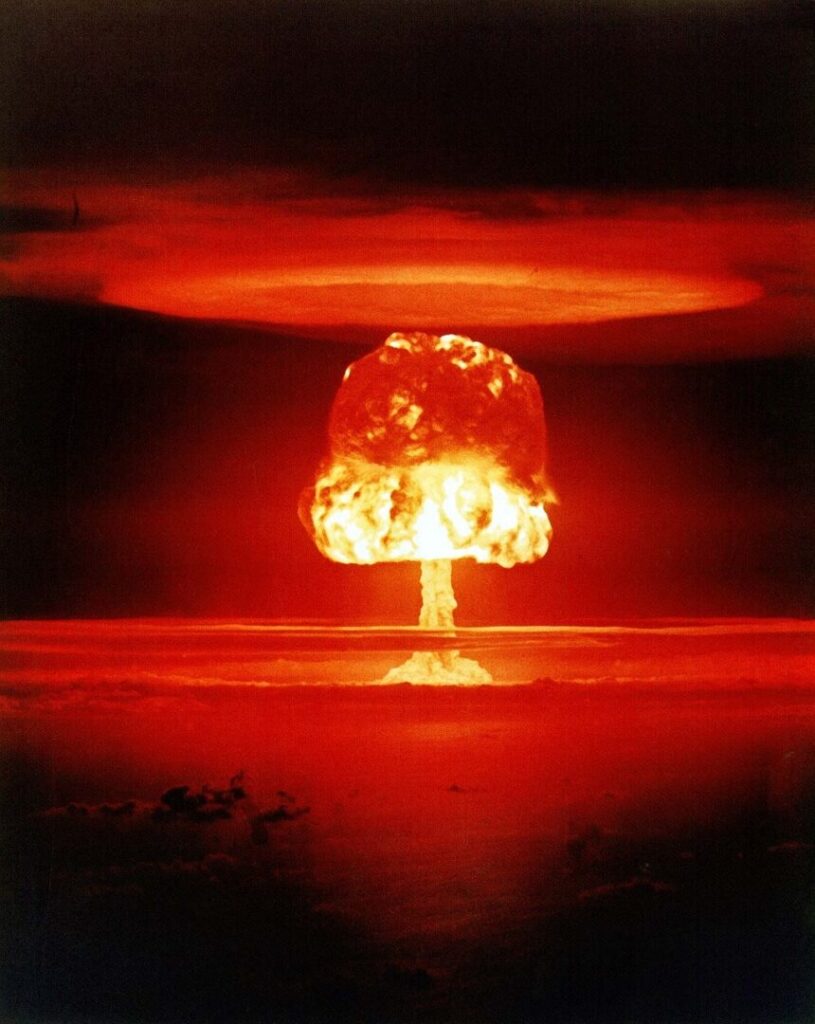- Textile machine operators are the most in-demand jobs in Michigan, with wages skyrocketing by 82.07% since 2020 to $42,550 per year in 2024.
- Crane operators are second, with wages soaring by 70.28% between 2020 and 2024 to $77,290 annually, and news reporters are third, with pay increasing by 65%.
- Athletes and sports competitors are America’s overall most in-demand jobs, with annual wages rising by 174.17% to $259,750 nationally.
New research has found that textile machine operators are the most in-demand occupations in Michigan.
Cryptocurrency exchange ChicksX analyzed Bureau of Labor Statistics data on annual pay for 762 occupations across America to determine the most in-demand occupations by which ones had the greatest increase in pay from 2020 to 2024. The study also found the most in-demand occupations in each state and metro area.
The 10 most in-demand occupations in Michigan by percentage increase in wages from 2020 to 2024
| Rank | Occupation Title | Average annual salary in 2020 | Average annual salary in 2024 | Percentage increase in pay from 2020 to 2024 |
| 1. | Textile Knitting and Weaving Machine Setters, Operators, and Tenders | $23,370 | $42,550 | 82.07% |
| 2. | Crane and Tower Operators | $45,390 | $77,290 | 70.28% |
| 3. | News Analysts, Reporters, and Journalists | $46,260 | $76,330 | 65.00% |
| 4. | Legislators | $47,720 | $78,680 | 64.88% |
| 5. | Bartenders | $28,180 | $46,380 | 64.58% |
| 6. | Sales and Related Workers, All Other | $30,690 | $49,760 | 62.14% |
| 7. | Helpers–Pipelayers, Plumbers, Pipefitters, and Steamfitters | $28,940 | $45,070 | 55.74% |
| 8. | Advertising Sales Agents | $51,510 | $80,150 | 55.60% |
| 9. | Waiters and Waitresses | $26,350 | $40,530 | 53.81% |
| 10. | Musical Instrument Repairers and Tuners | $36,490 | $55,950 | 53.33% |
Textile machine operators are the most in-demand occupations in Michigan, with yearly wages skyrocketing by 82.07% from $23,370 in 2020 to $42,550 in 2024.
Crane and tower operators are the second most in-demand occupations in Michigan, with annual wages soaring by 70.28% since 2020. The average salary in Michigan for these jobs was $45,390 in 2020 and $77,290 in 2024.
News analysts, reporters, and journalists are third in the Great Lake State, with wages rising by 65% from $46,260 per year in 2020 to $76,330 in 2024.
Legislators rank fourth in Michigan. Wages increased by 64.88% from $47,720 in 2020 to $78,680 in 2024. Legislators are elected positions that develop and introduce laws.
Bartenders round out Michigan’s top five most in-demand occupations, with wages increasing from $28,180 in 2020 to $46,380 in 2024. This is an increase of 64.58%.
The 10 most in-demand occupations in America
| Rank | Occupation | Average annual salary in 2020 | Average annual salary in 2024 | Percentage increase in pay from 2020 to 2024 |
| 1. | Athletes and Sports Competitors | $94,740 | $259,750 | 174.17% |
| 2. | Agents and Business Managers of Artists, Performers, and Athletes | $98,070 | $165,600 | 68.86% |
| 3. | News Analysts, Reporters, and Journalists | $66,000 | $106,030 | 60.65% |
| 4. | Gambling Dealers | $26,110 | $40,420 | 54.81% |
| 5. | Oral and Maxillofacial Surgeons | $234,990 | $360,240 | 53.30% |
| 6. | Media and Communication Workers, All Other | $55,540 | $84,870 | 52.81% |
| 7. | Models | $54,050 | $81,540 | 50.86% |
| 8. | Airline Pilots, Copilots, and Flight Engineers | $186,870 | $280,570 | 50.14% |
| 9. | Motion Picture Projectionists | $34,380 | $50,290 | 46.28% |
| 10. | Sales and Related Workers, All Other | $39,750 | $57,030 | 43.47% |
For America overall, the most in-demand occupations are also athletes and sports competitors, with wages rising by 174.17% between 2020 and 2024 nationally. The average annual wage for these occupations rose from $94,740 in 2020 to $259,750 in 2024 nationwide.
Agents and business managers of artists, performers, and athletes are the second most in-demand jobs across America. Annual wages rose by 68.86% from $98,070 to $165,600.
News analysts, reporters, and journalists rank third nationally with a 60.65% wage increase. Annual pay rose from $66,000 in 2020 to $106,030 in 2024.
Gambling dealers are fourth overall, with a 54.81% increase in annual wages. Wages grew from $26,110 to $40,420 per year.
Oral and maxillofacial surgeons complete the national top five, with wages rising by 53.30% from $234,990 to $360,240. These surgeons perform surgical procedures around the mouth and face.
Al Alof, CEO of ChicksX, commented on the findings,
“It’s fascinating to see what occupations have seen the largest pay increases because they can indicate how tastes are changing over time.
“Occupations related to entertainment dominate the national top 10, with eight out of the top 10 occupations either a part of, or with links to, the entertainment industry. This could imply people are looking for more things to distract them from their day-to-day lives since the pandemic.
“It’s also interesting to note that oral surgeons and maxillofacial surgeons have seen significant wage rises. These surgeons can sometimes perform cosmetic surgical procedures, which reflects the increase in demand for plastic surgery across society, partially fueled by social media.”
Source:
Bureau of Labor Statistics, Occupational Employment and Wage Statistics
Methodology:
Data was gathered from the Bureau of Labor Statistics’ Occupational Employment and Wage Statistics for 2020, 2023, and 2024.
The mean annual wages in 2020 and 2024 were compared across all occupations in each state, metro area, and America overall to determine the occupations with the largest percentage increases in each area.
Colorado was not included in the 2024 OEWS for data quality concerns, so 2023 data was used to extrapolate 2024 results for Colorado.
Data for some occupations is not available at the state and metro levels. This is because occupations with low employment numbers in an area are not reported by the BLS to preserve anonymity.
The full dataset is available on request.
The 20 most in-demand occupations in Michigan by percentage increase in wages from 2020 to 2024
| Rank | Occupation Title | Average annual salary in 2020 | Average annual salary in 2024 | Percentage increase in pay from 2020 to 2024 |
| 1. | Textile Knitting and Weaving Machine Setters, Operators, and Tenders | $23,370 | $42,550 | 82.07% |
| 2. | Crane and Tower Operators | $45,390 | $77,290 | 70.28% |
| 3. | News Analysts, Reporters, and Journalists | $46,260 | $76,330 | 65.00% |
| 4. | Legislators | $47,720 | $78,680 | 64.88% |
| 5. | Bartenders | $28,180 | $46,380 | 64.58% |
| 6. | Sales and Related Workers, All Other | $30,690 | $49,760 | 62.14% |
| 7. | Helpers–Pipelayers, Plumbers, Pipefitters, and Steamfitters | $28,940 | $45,070 | 55.74% |
| 8. | Advertising Sales Agents | $51,510 | $80,150 | 55.60% |
| 9. | Waiters and Waitresses | $26,350 | $40,530 | 53.81% |
| 10. | Musical Instrument Repairers and Tuners | $36,490 | $55,950 | 53.33% |
| 11. | Continuous Mining Machine Operators | $36,340 | $54,920 | 51.13% |
| 12. | Gambling Dealers | $27,090 | $39,980 | 47.58% |
| 13. | Photographic Process Workers and Processing Machine Operators | $34,710 | $50,620 | 45.84% |
| 14. | Telecommunications Line Installers and Repairers | $44,720 | $65,180 | 45.75% |
| 15. | Tour and Travel Guides | $25,610 | $37,290 | 45.61% |
| 16. | Economists | $101,680 | $147,280 | 44.85% |
| 17. | Meter Readers, Utilities | $43,360 | $61,850 | 42.64% |
| 18. | Healthcare Support Workers, All Other | $30,700 | $43,620 | 42.08% |
| 19. | Personal Financial Advisors | $102,260 | $144,370 | 41.18% |
| 20. | Gambling Surveillance Officers and Gambling Investigators | $36,540 | $51,490 | 40.91% |
The 30 most in-demand occupations in America by percentage increase in wages from 2020 to 2024
| Rank | Occupation Title | Average annual salary in 2020 | Average annual salary in 2024 | Percentage increase in pay from 2020 to 2024 |
| 1. | Athletes and Sports Competitors | $94,740 | $259,750 | 174.17% |
| 2. | Agents and Business Managers of Artists, Performers, and Athletes | $98,070 | $165,600 | 68.86% |
| 3. | News Analysts, Reporters, and Journalists | $66,000 | $106,030 | 60.65% |
| 4. | Gambling Dealers | $26,110 | $40,420 | 54.81% |
| 5. | Oral and Maxillofacial Surgeons | $234,990 | $360,240 | 53.30% |
| 6. | Media and Communication Workers, All Other | $55,540 | $84,870 | 52.81% |
| 7. | Models | $54,050 | $81,540 | 50.86% |
| 8. | Airline Pilots, Copilots, and Flight Engineers | $186,870 | $280,570 | 50.14% |
| 9. | Motion Picture Projectionists | $34,380 | $50,290 | 46.28% |
| 10. | Sales and Related Workers, All Other | $39,750 | $57,030 | 43.47% |
| 11. | Animal Scientists | $74,540 | $104,970 | 40.82% |
| 12. | Fashion Designers | $87,210 | $122,430 | 40.39% |
| 13. | Broadcast Announcers and Radio Disc Jockeys | $57,300 | $80,110 | 39.81% |
| 14. | Waiters and Waitresses | $27,470 | $38,360 | 39.64% |
| 15. | Bartenders | $28,910 | $39,880 | 37.95% |
| 16. | Transportation Security Screeners | $44,920 | $61,840 | 37.67% |
| 17. | Massage Therapists | $47,350 | $63,430 | 33.96% |
| 18. | Tour and Travel Guides | $32,200 | $43,090 | 33.82% |
| 19. | Flight Attendants | $59,150 | $78,950 | 33.47% |
| 20. | Agricultural Workers, All Other | $34,330 | $45,780 | 33.35% |
| 21. | Chief Executives | $197,840 | $262,930 | 32.90% |
| 22. | Hairdressers, Hairstylists, and Cosmetologists | $32,740 | $43,460 | 32.74% |
| 23. | Forest and Conservation Technicians | $42,780 | $56,660 | 32.45% |
| 24. | Cooks, Short Order | $27,030 | $35,660 | 31.93% |
| 25. | Semiconductor Processing Technicians | $45,210 | $59,640 | 31.92% |
| 26. | Umpires, Referees, and Other Sports Officials | $40,140 | $52,800 | 31.54% |
| 27. | Rock Splitters, Quarry | $38,430 | $50,540 | 31.51% |
| 28. | Psychiatric Aides | $33,300 | $43,610 | 30.96% |
| 29. | Personal Financial Advisors | $122,490 | $160,210 | 30.79% |
| 30. | Slaughterers and Meat Packers | $31,210 | $40,710 | 30.44% |












